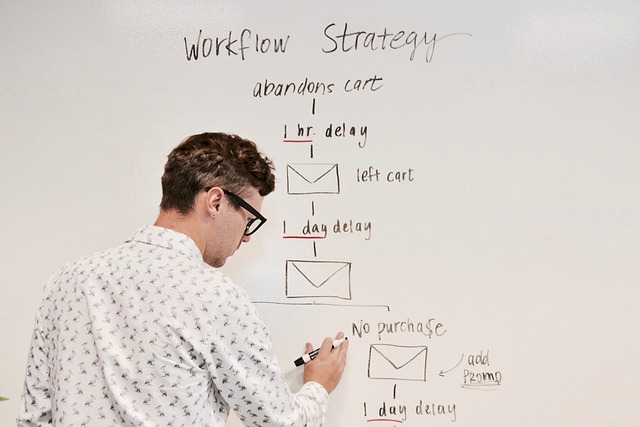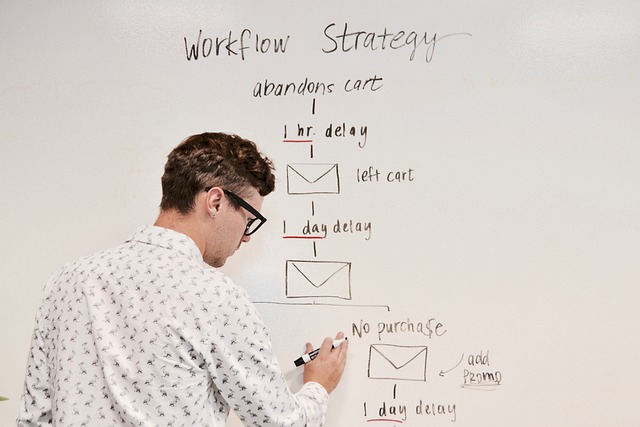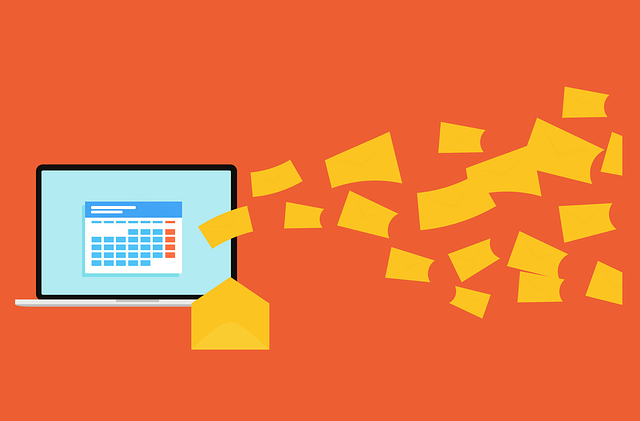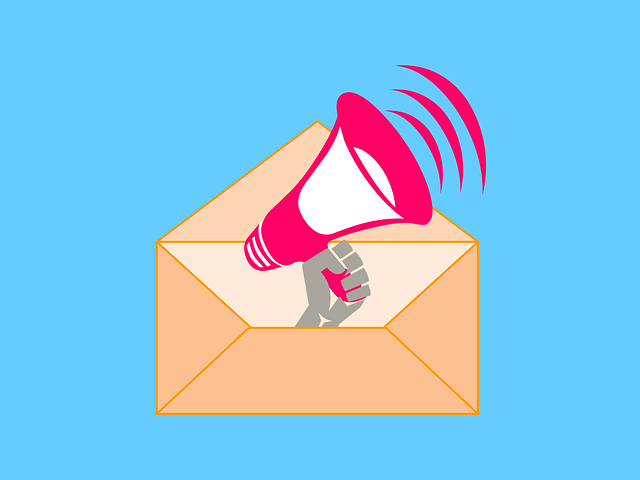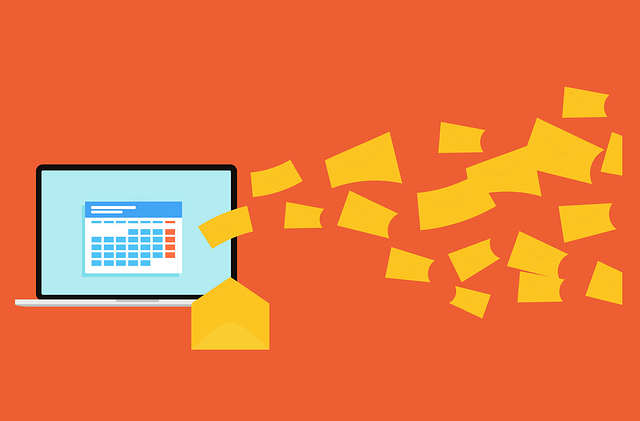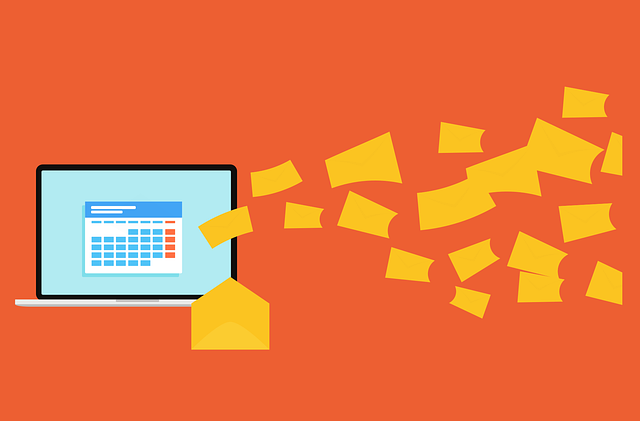Are you ready to unlock the power of email automation and take your marketing efforts to the next level?
In this article, we will delve into the world of mastering email automation and share with you the best practices for achieving success.
Get ready to embark on a journey where you define your goals and objectives, build a targeted email list, and segment your audience for maximum impact.
We will also explore the importance of creating personalized and relevant content that resonates with your subscribers.
But it doesn’t stop there. We’ll show you how to set up triggered emails that engage your audience at just the right moment, and we’ll teach you how to monitor and analyze your email performance for continuous improvement.
So, if you’re ready to revolutionize your email marketing strategy and drive remarkable results, keep reading.
It’s time to master email automation and unlock a world of endless possibilities.
Key Takeaways
- Define goals and objectives to tailor campaigns to target audience
- Building a targeted email list is important
- Segment audience based on demographics, interests, or interactions
- Set up triggered emails to engage audience automatically
Define Your Goals and Objectives
Before diving into the world of email automation, it’s crucial to define your goals and objectives to unleash the full potential of your campaigns. Understanding customer behavior and measuring email engagement are key factors in achieving email automation success.
By clearly defining your goals and objectives, you can better tailor your campaigns to meet the needs and preferences of your target audience. Understanding customer behavior allows you to create personalized and relevant content that resonates with your subscribers.
Additionally, by measuring email engagement, you can track the effectiveness of your campaigns and make data-driven decisions to optimize your email automation strategy.
Now that you have a clear understanding of your goals and objectives, it’s time to move on to the next step: building a targeted email list.
Build a Targeted Email List
To effectively build a targeted email list, you’ll want to focus on honing your aim like a skilled archer, targeting only those who are most likely to engage with your content.
Email acquisition plays a crucial role in this process. Instead of buying lists or relying on generic lead generation tactics, concentrate on attracting subscribers who have a genuine interest in what you offer. Encourage website visitors to sign up for your newsletter or offer an incentive for subscribing.
Once you have a growing list, the next step is list segmentation. By dividing your audience based on demographics, interests, or previous interactions, you can deliver more personalized and relevant content, increasing open rates and conversions.
To segment your audience effectively, you need to gather meaningful data and employ the right tools to tailor your messages accordingly.
Segment Your Audience
Identify the unique interests and characteristics of your audience members to effectively tailor your email marketing campaigns and deliver personalized content that resonates with them. Email personalization is key to building strong relationships and increasing engagement with your subscribers. By segmenting your audience, you can create targeted messaging that speaks directly to their specific needs and preferences. This level of personalization shows your audience that you understand them and value their individuality. It also increases the likelihood that they will open and engage with your emails, ultimately leading to higher conversion rates. To illustrate the power of segmentation, take a look at the table below:
| Segment | Interests | Characteristics |
|---|---|---|
| Segment A | Fitness | Young professionals |
| Segment B | Travel | Adventure seekers |
| Segment C | Parenting | Stay-at-home moms |
| Segment D | Business | Entrepreneurs |
Segmenting your audience allows you to create personalized and relevant content that connects with each group on a deeper level.
Create Personalized and Relevant Content
Crafting personalized and relevant content for your audience is like creating a unique melody that resonates with each individual, fostering a deep connection and driving higher engagement. Email personalization techniques play a crucial role in achieving this goal.
By segmenting your audience based on their demographics, preferences, and behaviors, you can tailor your content specifically to their needs and interests. This not only makes your emails more compelling but also increases the likelihood of conversion.
In the world of email marketing, relevance is key. When your subscribers receive content that is tailored to their specific needs and desires, they’re more likely to engage with it and take action. So, take the time to understand your audience and create content that speaks directly to them. This will set the stage for successful email automation.
Next, let’s dive into how you can set up triggered emails seamlessly.
Set Up Triggered Emails
Get ready to take your email marketing to the next level by setting up triggered emails that will automatically engage and connect with your audience on a personal level. Automated response emails are a powerful tool that can help you nurture leads, increase conversions, and build lasting relationships with your subscribers. By implementing a drip campaign, you can send a series of targeted emails based on specific actions or events, such as a new subscriber joining your list or a customer making a purchase. This allows you to deliver relevant content at the right time, keeping your audience engaged and interested. Check out the table below for some ideas on different types of triggered emails you can set up:
| Triggered Email Type | Purpose |
|---|---|
| Welcome Email | Introduce your brand and set expectations |
| Abandoned Cart Email | Encourage customers to complete their purchase |
| Birthday Email | Celebrate your subscribers’ special day with a personalized offer |
| Re-Engagement Email | Win back inactive subscribers by offering exclusive content or discounts |
By setting up triggered emails, you can automate your communication and provide a personalized experience for your audience. Now, let’s transition to the next section and learn how to monitor and analyze your email performance to optimize your email marketing strategy.
Monitor and Analyze Your Email Performance
Now that you’ve successfully set up triggered emails, it’s time to take your email automation to the next level. To truly master email automation, it’s crucial to monitor and analyze your email performance.
This step will provide you with valuable insights and data that can help you optimize your email campaigns for maximum effectiveness. Email tracking and email metrics are essential tools that allow you to measure key performance indicators such as open rates, click-through rates, and conversion rates.
By regularly reviewing these metrics, you can identify trends, spot areas for improvement, and make data-driven decisions to enhance your email automation strategy. Don’t underestimate the power of monitoring and analyzing your email performance; it’s the key to achieving unparalleled success in your email marketing efforts.
Frequently Asked Questions
How do I choose the best email automation platform for my business?
Choosing the right email automation platform can be a daunting task, but it’s crucial for the success of your business. In this blog post, we will discuss the factors you should consider when selecting an email automation platform and provide some recommendations based on your specific needs and goals.
Key factors to consider include:
- Key features
- Integration capabilities
- Scalability
- Deliverability rates
- Support and training
- Pricing
- User experience
- Reputation and reviews
- Free trial or demo
- Customization options
By considering these factors and conducting thorough research, you can make an informed decision and choose a platform that will help you achieve email automation success.
What are some effective strategies for increasing email open rates?
To increase email open rates, focus on personalization techniques and A/B testing. Personalization helps you tailor your emails to each recipient, making them more relevant and engaging. Use their first name, reference past purchases, or segment your audience based on preferences.
A/B testing allows you to experiment with different subject lines, email designs, or send times, helping you identify the most effective strategies. By implementing these tactics, you can boost your open rates and drive better results for your business.
Can I use email automation to re-engage inactive subscribers?
Yes, you can definitely use email automation to re-engage inactive subscribers!
Think of it like a lost treasure hunt. First, analyze the behavior of your inactive subscribers to understand why they disengaged.
Then, create personalized and compelling content to reignite their interest. Use enticing subject lines, exclusive offers, and personalized recommendations to grab their attention.
With strategic re-engagement strategies, you can turn those inactive subscribers into active and loyal customers once again.
How can I ensure that my automated emails are delivered to the inbox rather than the spam folder?
To ensure your automated emails are delivered to the inbox and avoid spam filters, follow these best practices.
First, maintain a clean and engaged email list by regularly removing inactive subscribers.
Second, use a reputable email service provider that has a good reputation for deliverability.
Third, craft engaging and personalized content that encourages recipients to interact with your emails.
Finally, regularly monitor your email deliverability metrics and make necessary adjustments to improve your success rate.
What are some best practices for crafting compelling subject lines for automated emails?
Crafting compelling subject lines for automated emails is crucial for grabbing your recipients’ attention and increasing open rates. Subject line optimization involves using catchy phrases, personalization, and a sense of urgency.
However, it’s not a one-size-fits-all approach. A/B testing different subject lines will help you identify what works best for your audience.
Keep it concise, strategic, and persuasive. Remember, if you want your emails to stand out in a crowded inbox, you need subject lines that pack a punch!
Conclusion
Congratulations! You’re now equipped with the essential strategies to master email automation and achieve success.
By defining your goals, building a targeted email list, and segmenting your audience, you can create personalized content that resonates with your subscribers.
Setting up triggered emails and monitoring performance will allow you to optimize your campaigns and drive engagement and conversion.
Just like a conductor expertly orchestrates a symphony, you have the power to orchestrate a harmonious email campaign.
So go forth and let your emails sing sweet melodies of engagement and conversion!

